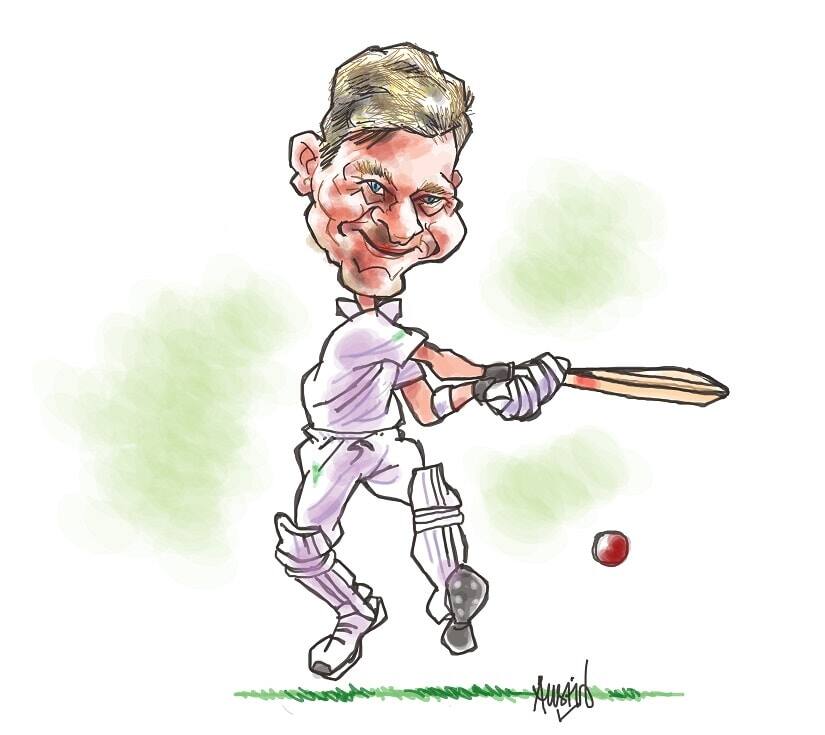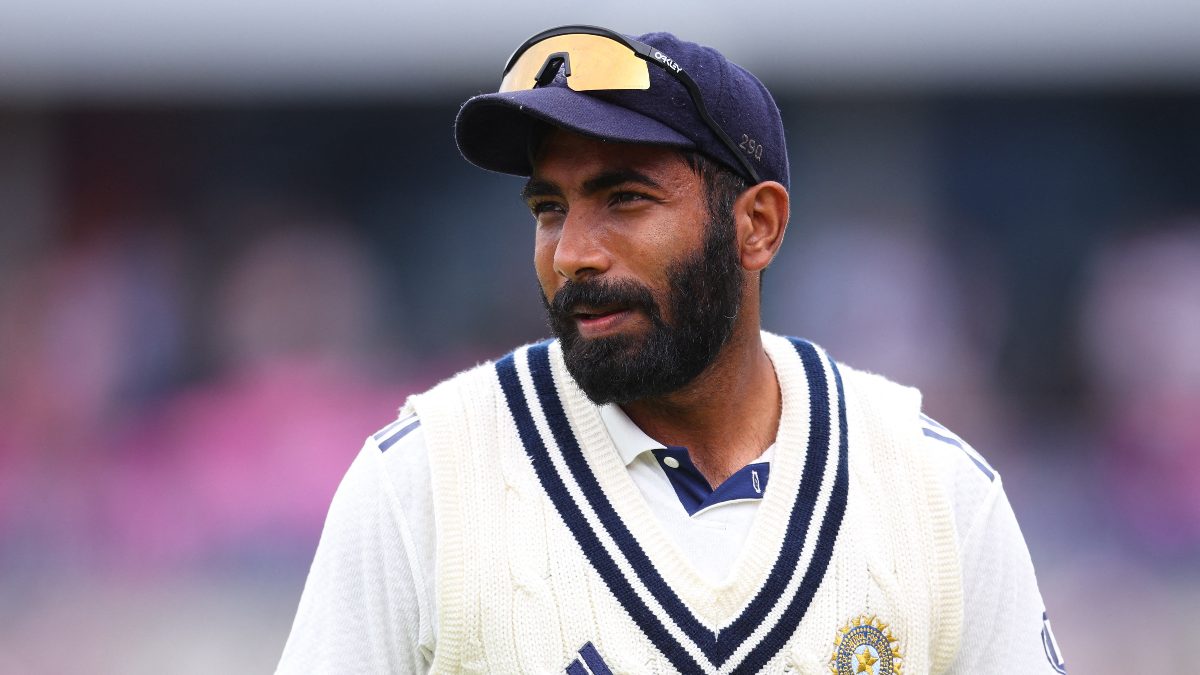They booed Steven Smith unremittingly during the first Ashes Test match of 2019, in England. In fact, English spectators have been heckling him right through the summer. In the Edgbaston Test, they came wearing ‘crying’ Steve Smith masks and even carried pieces of sandpaper to taunt the star Australian batsman as he was returning to Test match cricket after a year’s ban. That they hooted when he reached the landmarks of 50 and 100 was reprehensible to say the least. The heckling and jeering however didn’t make any difference to Smith. “I was in a different headspace,” he said after completing his second hundred in the match — the inning that took the Test match away from the home team. He also said that he did not care that the whole of England was against him as long as his teammates, in the dressing room were with him. “After I completed my hundred, my teammates going berserk on the balcony gave me goose bumps,” he confessed. Smudge, as Smith is known, is half English. His mother Gillian was born in London, while his father Peter, an industrial chemist, is Australian. He therefore has dual citizenship. Nearly half of the players that have turned up for England in the World Cup and in Test matches in recent times aren’t even English. Yet they hate Smith in England. In fact, Smith would perhaps have been playing for England this summer, and for many summers hitherto, if he had not opted to play for the land of his birth way back in 2007. When he was just 18, he had spent a season playing club cricket for Seven Oaks Vine in Kent and had even turned up for Surrey’s second XI. At the end of that season, he had been offered a lucrative three-year contract by Surrey, which would effectively have made him eligible to play for England. However, the baggy green’s allure was much stronger than that of the three lions and he had decided to move back to Australia. For a player who made his Test debut in 2010 as a leg-spinner, Smith has surely come a long way. After initially being compared to Shane Warne, the legendary Australian leg-spinner, his performances are now being weighed up against the greatest batsman ever, Sir Donald Bradman. Having played 65 Test matches, Smith has amassed 6485 runs @62.96, which is second only to ‘The Don’, who averaged 99.94 from 52 Test matches. [caption id=“attachment_7139201” align=“alignnone” width=“825”]  Steve Smith. Illustration courtesy Austin Coutinho[/caption] Smith bats ugly. He is a coach’s nightmare and someone who believes that the MCC book of coaching belongs in the dustbin. It is therefore surprising that he has been so successful at the highest levels in the game and has scored runs against some of the finest bowlers in contemporary cricket. He may be unorthodox in his batting approach but he has a super intelligent cricketing brain and knows exactly what he needs to do at the international level to churn out regular match winning performances. When still a teenager, Smith, whose middle name is Devereux, had to choose between cricket and penury. He had flunked class 12 in school because he had failed to submit an English assignment. Therefore he had to focus on his game and work hard to play for the state if he had to make a living out of cricket. Today, he is one of the richest cricketers in Australia only because he learnt, very early in life, to focus on his core strengths. Nine years ago, India needed six runs to win the Mohali Test against the Australians, led by Ricky Ponting. VVS Laxman and last man, Ishant Sharma, were at the crease. As the two were attempting a sharp single, Smith, who had come in as substitute sensing a run out, zoomed in, picked up the ball and threw at the stumps. He missed by a couple of inches and the four overthrows resulting from that shy helped India win. Had Smith hit, Australia would have won. Any other 20-year-old, as substitute, would have avoided throwing; not Smith! He is mentally very tough and has his priorities set. Over the years, Smith has mastered the art of getting into the zone. He switches off and on between deliveries naturally, whether he is batting or fielding. That process keeps him fresh and mentally alert through the day. Therefore, a 50 or a 100 does not satisfy him; he is there for the long haul and bowlers all over the world fear him for that. His teammates say that he gets very cross with himself even if he gets out after getting a big hundred. He has developed an insatiable appetite for runs over the years. When Smith is batting, he seems nervous and very fidgety at the crease. He has umpteen things to do, including the tugging of his pads, touching his box, tapping his bat, flexing his knees etc. before he settles down in his stance to face a delivery. These routines aren’t superstitions but cues meant for him to get into the zone; narrow-focusing to face the next ball. Bowlers who force him to get through that routine quickly usually trouble him. But once there, his mind is like the surface of a cold lake on a winter’s day. That brings us to his batting technique and why most bowlers find it difficult to bowl to Smith. He shuffles back and across to fast bowlers, his back foot most often positioned beyond the off-stump. His head is low and absolutely still as he watches the ball right up to the bat. If the bowler, thinking he can get Smith to miss the ball, bowls an off-and-middle line, the batsman, with his strong bottom hand, works him through the onside, most probably for four runs. His hand-eye coordination is outstanding. Short balls, of course, are smashed past square-leg. Smith makes it a point to let the bowler know that he is the boss. If he lets a ball go through to the ‘keeper, he points the bat at him as if to say, “I left that alone. You didn’t beat me.” Often, after settling down, he glides the ball to third man, with the bottom hand guiding the bat. Anything wider is driven disdainfully through the covers. Against spinners, he prefers taking the attack to them, stepping out more often than not, and keeping them guessing. Smith’s teammates say that he practises a lot, hitting a hell of a lot of balls every day. That accounts for his hand-eye coordination and his deft on-side play. Very often, it so happens that the Australians have finished their net sessions and are keen to go back to their hotels and the request comes from Smith that he would like another knock in the nets. Even when at home, his wife Danielle Willis tosses balls to him with the help of the bowling machine so that he can play his shots. That’s the sort of obsession he has with batting. Does Steve Smith have any chinks in his armour? Experts believe he is susceptible to the moving ball, while Mark Butcher, former England batsman says that he could have a problem against the left-arm spinner, bowling round the wicket. Cricket analysts have also shown him to be vulnerable to the short ball, outside off stump early in the innings. Smith has seen it all; rejections, brain-fades, ball tampering episodes, heckling and what have you. These have only made him stronger and all the more determined to succeed. The next time you see him bat, don’t be surprised if he has ironed out all his weak points, if at all, the batting genius that he is. The author is a caricaturist and sportswriter. A former fast bowler, coach and sports administrator, he believes in calling a spade a spade.
For a player who made his Test debut in 2010 as a leg-spinner, Smith has surely come a long way. After initially being compared to Shane Warne, the legendary Australian leg-spinner, his performances are now being weighed up against the greatest batsman ever, Sir Donald Bradman. Having played 65 Test matches, Smith has amassed 6485 runs @62.96, which is second only to ‘The Don’, who averaged 99.94 from 52 Test matches.
Austin Coutinho is a sportswriter and cartoonist based in Mumbai. Formerly a fast bowler who was a Ranji Trophy probable in the 1980s for the city, Coutinho retired as senior manager (CRM) from Rashtriya Chemicals & Fertilizers in December 2014. Coutinho was former president of the Mumbai District Football Association, a coaching committee member of the Mumbai Cricket Association, and a member of Maharashtra’s Sport Committee. A coach and mental trainer, he has mentored some top class cricketers and footballers. Coutinho has also authored 6 books on sport and has contributed articles, cartoons and quizzes to some of the best newspapers and sports portals in the country. see more


)

)
)
)
)
)
)
)
)



